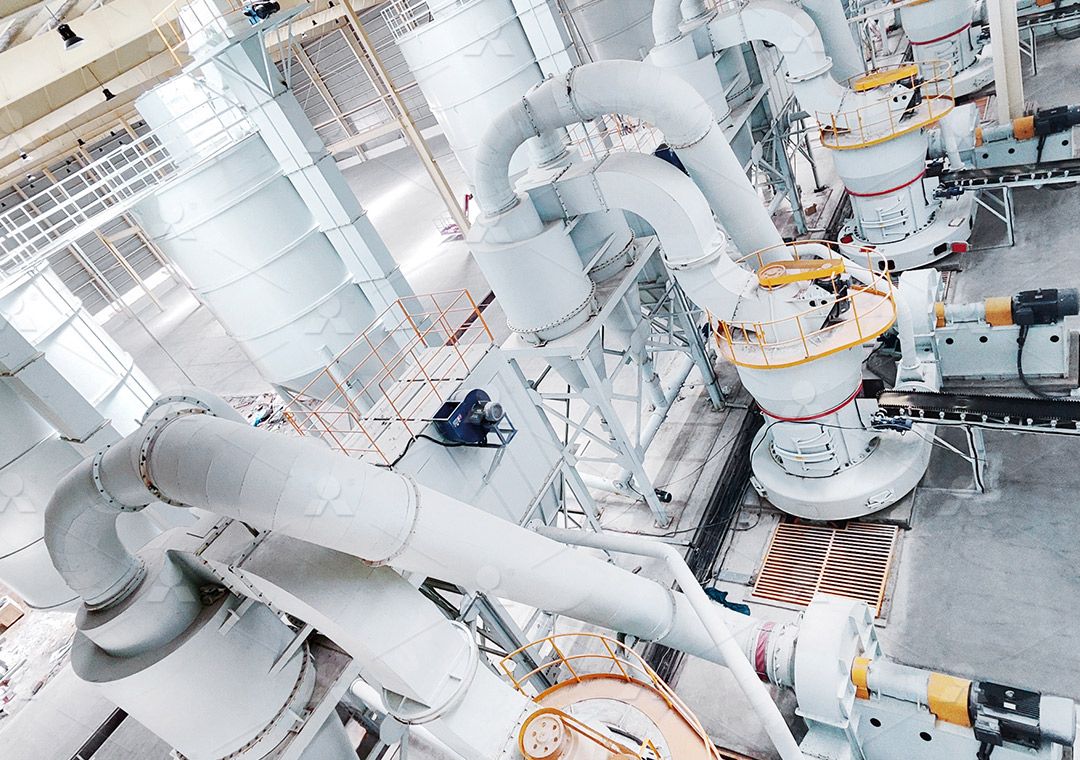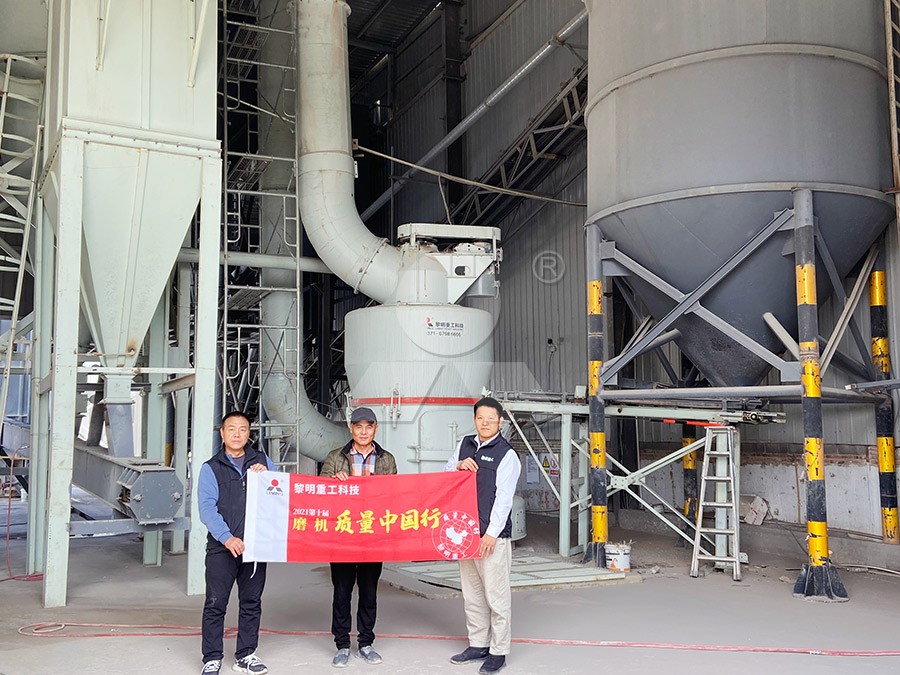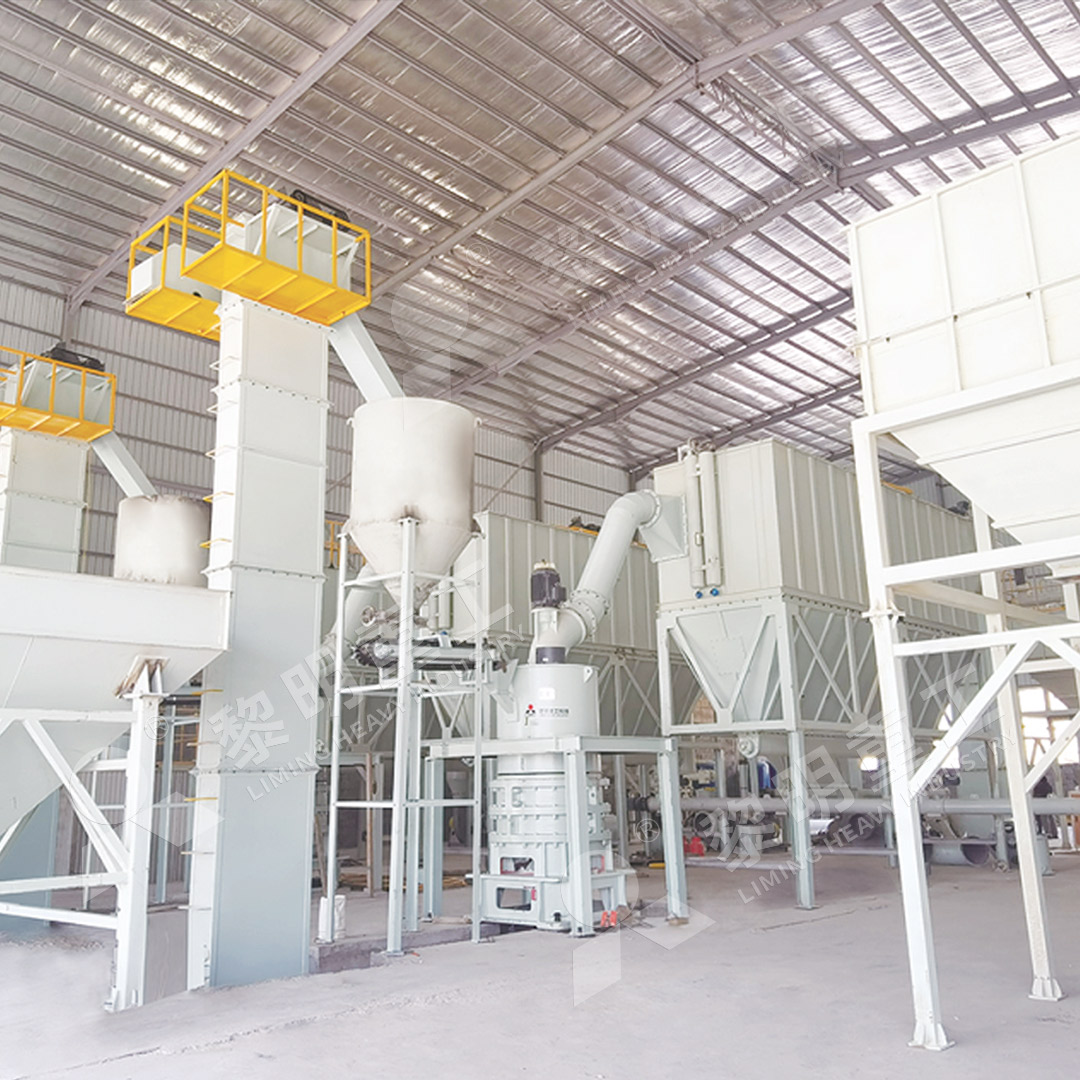Essential Maintenance Checklist for Rolling Mill Wire Rod Production Lines
Essential Maintenance Checklist for Rolling Mill Wire Rod Production Lines
Maintaining a rolling mill wire rod production line is critical to ensure operational efficiency, product quality, and equipment longevity. Regular maintenance not only minimizes downtime but also enhances safety and reduces operational costs. Below is a comprehensive checklist to keep your production line running smoothly.
1. Daily Maintenance Tasks
- Inspect Rollers and Guides: Check for wear, cracks, or misalignment. Replace damaged components immediately to avoid defects in the wire rod.
- Lubrication: Ensure all moving parts, including bearings and gears, are properly lubricated to reduce friction and prevent overheating.
- Cooling System: Verify the cooling water flow and temperature to prevent overheating of rolls and other critical components.
- Electrical Systems: Inspect wiring, connections, and control panels for signs of wear or corrosion.

2. Weekly Maintenance Tasks
- Alignment Check: Use precision tools to ensure rolls, guides, and other components are perfectly aligned.
- Vibration Analysis: Monitor vibrations in motors, gearboxes, and other rotating equipment to detect early signs of imbalance or wear.
- Filter Replacement: Replace hydraulic and lubricant filters to maintain clean fluid circulation.
- Safety Systems: Test emergency stops, alarms, and other safety mechanisms to ensure they function correctly.
3. Monthly Maintenance Tasks
- Roll Replacement: Schedule preventive replacement of rolls based on usage and wear patterns.
- Gearbox Inspection: Check gear teeth for wear and ensure proper oil levels and quality.
- Hydraulic System: Inspect hoses, seals, and cylinders for leaks or damage.
- Dust and Debris Removal: Clean the entire production line, including hard-to-reach areas, to prevent buildup that could affect performance.

4. Quarterly Maintenance Tasks
- Comprehensive Alignment: Perform a full alignment of the mill stand, including backup rolls and housings.
- Motor and Drive Inspection: Test motor performance and inspect drive belts or chains for wear.
- Control System Calibration: Recalibrate sensors, PLCs, and other control systems to ensure accurate operation.
- Structural Integrity: Inspect the mill housing and foundation for cracks or other signs of stress.
5. Annual Maintenance Tasks
- Overhaul: Conduct a complete shutdown for thorough inspection and replacement of worn-out components.
- Bearing Replacement: Replace all bearings, even if they appear functional, to prevent unexpected failures.
- Electrical System Audit: Perform a detailed inspection of all electrical components, including transformers and switchgear.
- Training and Documentation: Review maintenance logs and provide refresher training for staff on best practices.
Recommended Product: MW Ultrafine Grinding Mill
For facilities looking to enhance their wire rod production line, the MW Ultrafine Grinding Mill is an excellent addition. With an input size of 0-20 mm and a capacity of 0.5-25 tph, this mill is designed for ultra-fine powder production. Its advanced features include:
- Higher yielding and lower energy consumption compared to traditional mills.
- Adjustable fineness between 325-2500 meshes for precise control.
- Eco-friendly operation with efficient dust removal and noise reduction.

Conclusion
Adhering to this maintenance checklist will significantly improve the reliability and efficiency of your rolling mill wire rod production line. Regular inspections and timely replacements are key to avoiding costly breakdowns and ensuring consistent product quality. For advanced grinding solutions, consider integrating the MW Ultrafine Grinding Mill into your process to achieve superior results.
